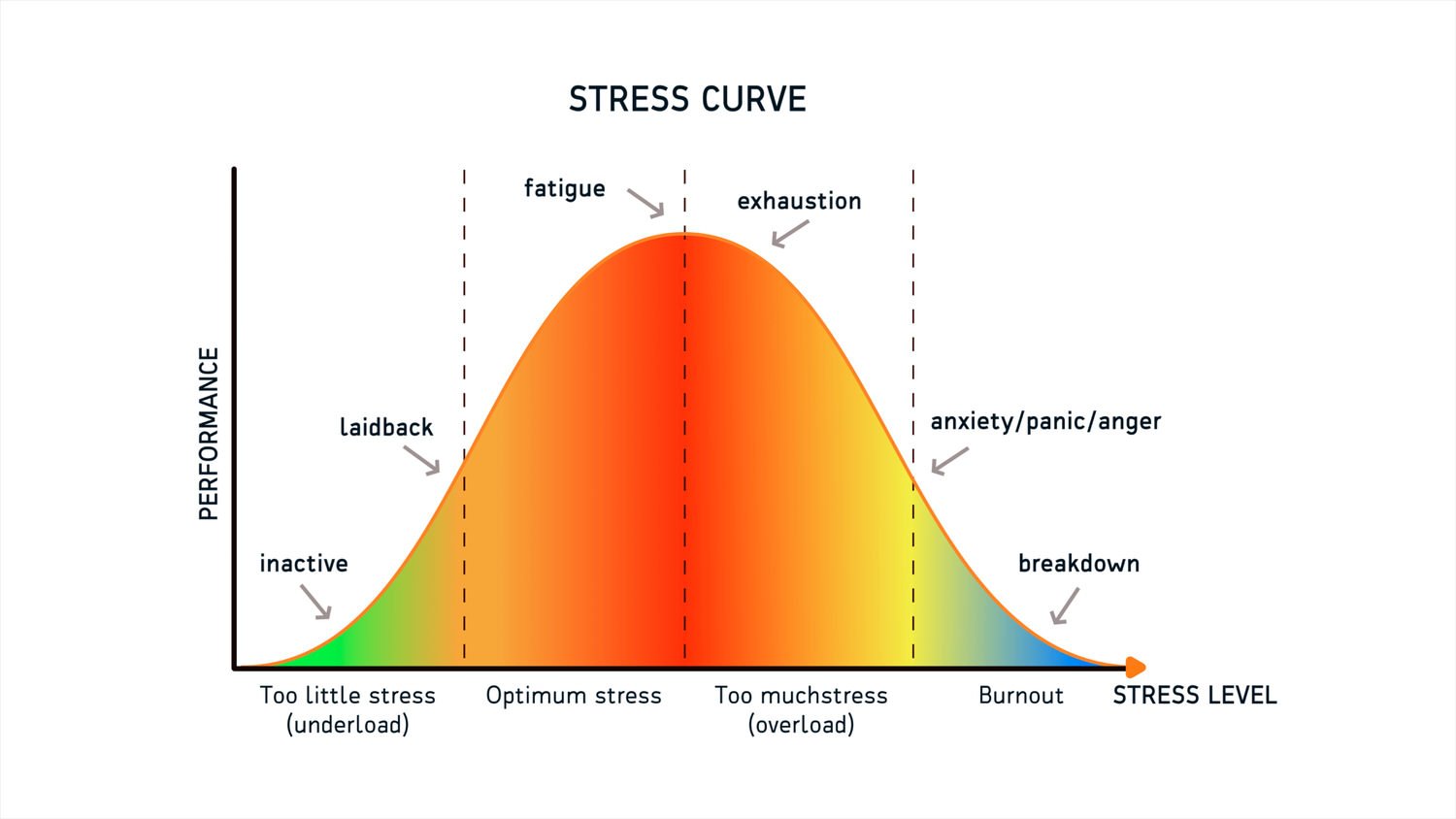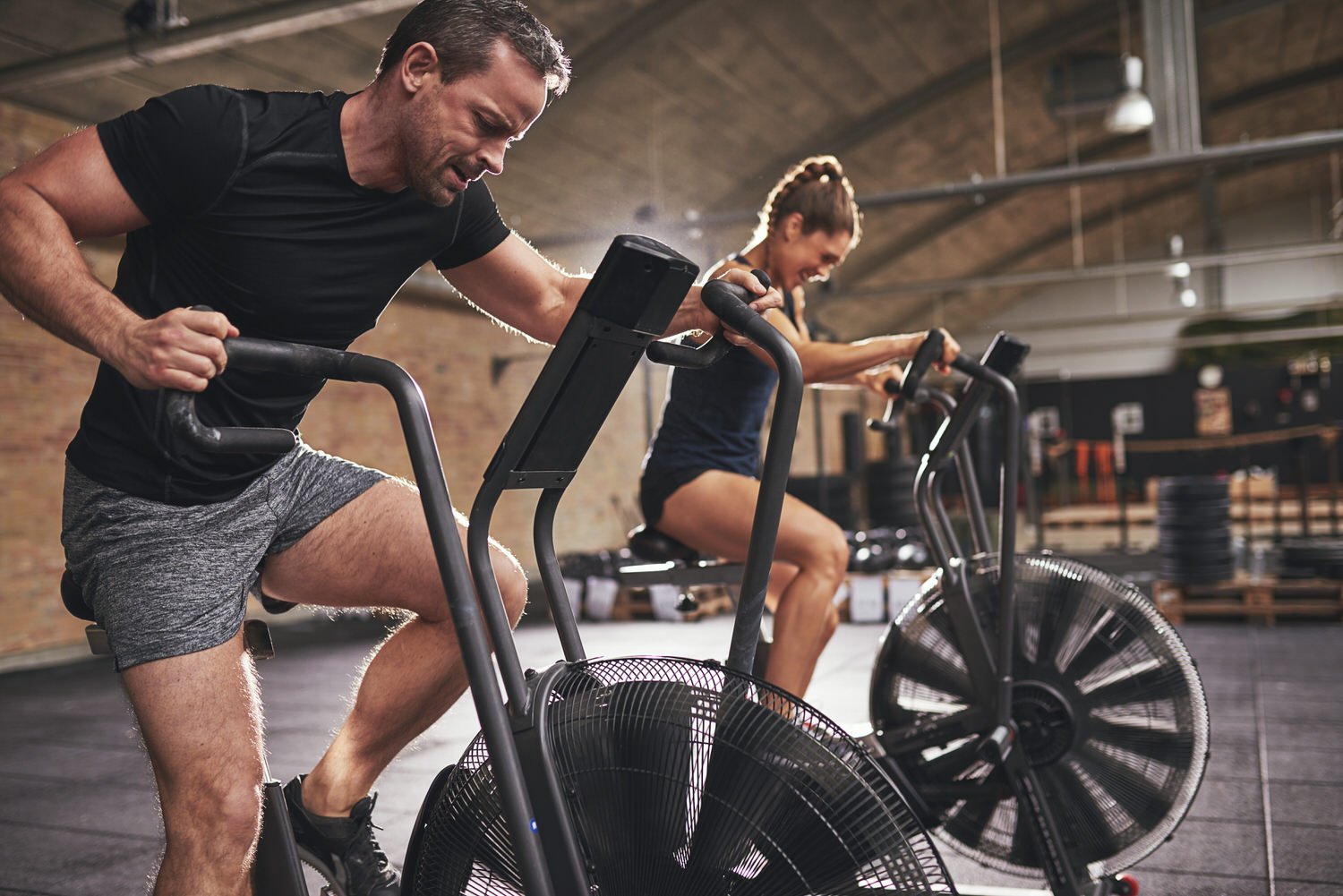One of the Best Ways to Stay Consistent in the Gym
You might be in a similar situation to me right now. I haven’t been very consistent with my workouts due to traveling a lot the last few months and then getting sick. The new year is a popular time to get back into a routine. However, I often see clients jump back into workouts without any plan and they end up doing too much, too soon. It’s easy to go overboard, heck, I’m guilty too. However, that level of intensity is not sustainable and often leads to burnout or even injury.
One of the best ways to stay consistent in the gym is to manage your intensity.
The new year brings new workout routines. My home gym, CrossFit Twenty Pound Hammer, is doing a 5x5 challenge. 5 CrossFit classes a week for 5 weeks. This is something they did last year and I’m stoked to have it back. Last year it really helped me get back into the workout routine.
If you have been lacking consistency like me, jumping into five workouts a week could come with some challenges. A sudden increase in activity level can increase muscle soreness, limit recovery, and increase your injury risk. Focusing on recovery techniques can help, but that may not be enough. Another way to try to avoid these issues is to manage the intensity of each of your workouts AKA train smarter. Train smarter by using these tools to manage intensity, or effort, during your workout:
Rate of Perceived Exertion (RPE)
Reps In Reserve (RIR)
Let’s discuss RPE and RIR and how to use them to manage your workout intensity.
Rate of Perceived Exertion (RPE)
RPE is a 0-10 scale used to self-assess the intensity of your workout. It’s based on how easy or hard the activity feels to YOU.
0 = complete rest
10 = max effort activity
The RPE scale can be used during an aerobic workout, CrossFit metcon, or for strength training.
For example, a 7/10 RPE means you are working at about 70% of your perceived exertion.
2. Reps In Reserve (RIR)
RIR is used to estimate how many more repetitions of an exercise you could have done before failure. Failure could mean complete failure or technical failure AKA losing the correct form.
RIR can be used interchangeably with the RPE scale. A 7/10 RPE would be similar to having 3 RIR.
The higher your Rate of Perceived Exertion (RPE) the fewer Reps in Reserve (RIR) and the closer you are to reaching failure.
You may have heard about high-intensity workouts in CrossFit yielding great results. High-intensity workouts can give you great results and increase your performance, but they are stressful on your body. Worse, if compounded by stress from work, not sleeping at least 6-8 hours a night, not eating a well-rounded diet, or not hydrating. This can lead to your system breaking down, burnout, injury, etc.
These are all things that will affect your ability to stay consistent at the gym. This is why most crash diets and workout challenges don’t last - they aren’t sustainable. It is not realistic to do every workout all out at 100% intensity.
Too much stress can lead to drop in performance
The great thing about using either RPE or RIR, is that they are autoregulatory. Factors like sleep, nutrition, hydration, and stress change how your body feels and how it is able to perform from session to session. The same workout could feel hard or easy depending on the day.
You can use RPE and RIR to adjust
your workout intensity.
Not every workout will be at 100%, nor should they be. In fact, MOST workouts should be around 70-80% or even less depending on all those other factors in your life. Now, that doesn’t mean you can’t challenge yourself. Instead of going heavier or faster, you could focus more on technique. Try to have fewer compensations, feel the movements more in the correct muscle group, or try a different skill that may be challenging but slower. On other days, you could choose to push it closer to that max level of intensity. But choose those days when you have had adequate sleep, nutrition, hydration, and less work or life stress.
For the upcoming 5x5 challenge at CrossFit Twenty Pound Hammer, I will likely follow this format and alter it depending on what my body is telling me and what the workout is.
Monday: 70-80% effort/intensity
Tuesday: 70-80%
Wednesday: 50-60%
Thursday: 90-100% (all out for that day)
Friday: rest day
Saturday: 50-60%
Sunday: rest day
I recommend staying at an RPE of 5-6/10 or less if you are coming back from a vacation, a long break from the gym, or are just feeling run down that day. If you have been working out regularly, but are about to up the consistency, then try staying around an RPE of 7/10.
Managing intensity allows for consistency over time and that is the key to success.
Are you a CrossFit athlete, weightlifter, or looking to start strength training?
Check out my other blogs for more fitness-forward information or come see me!




